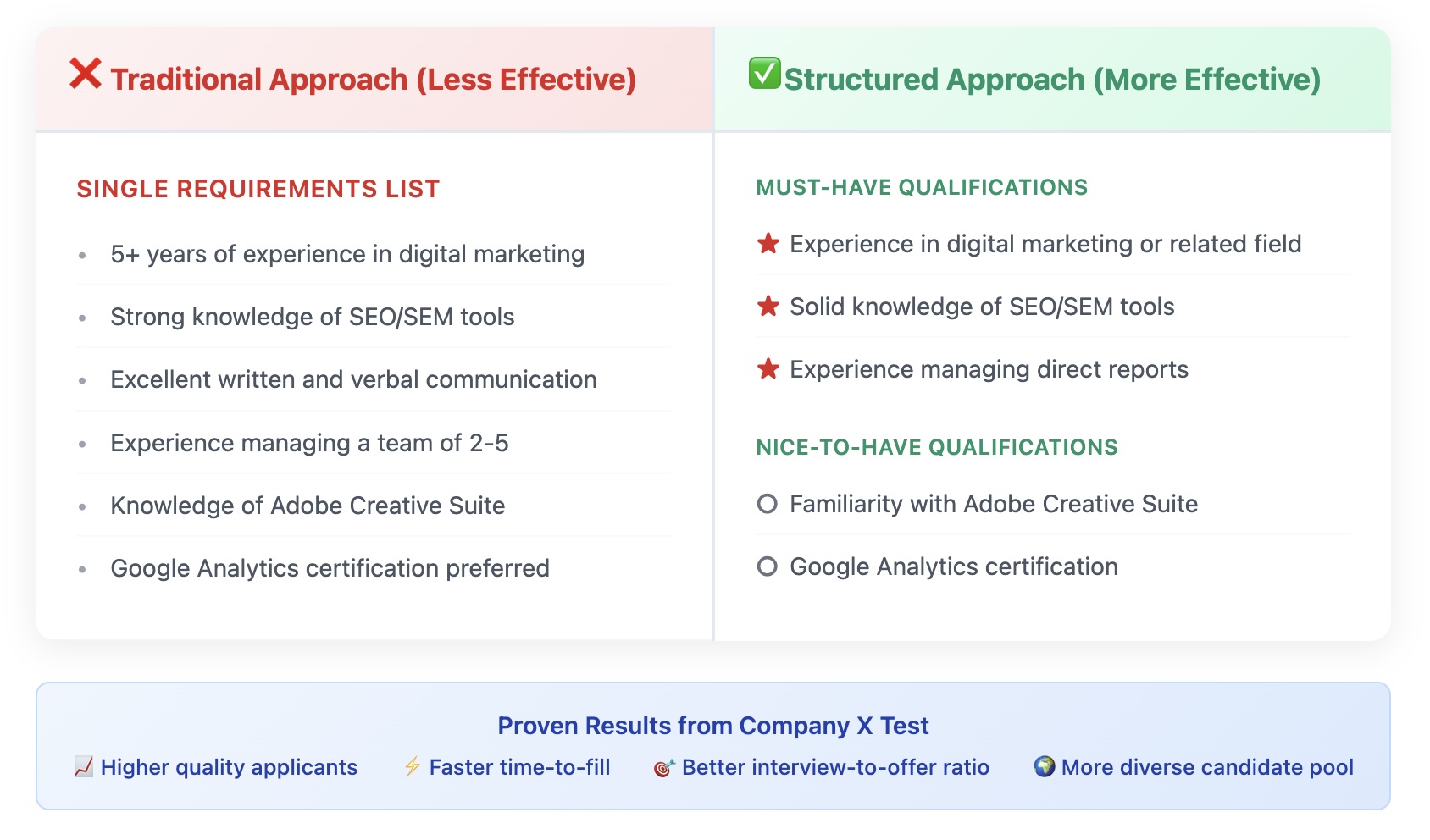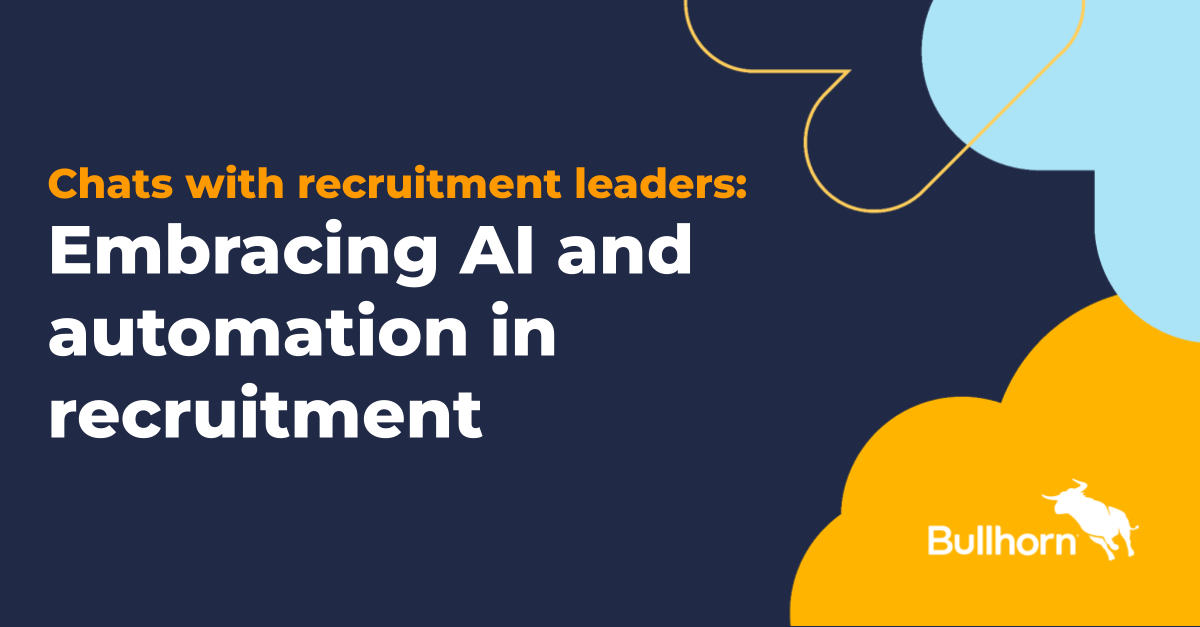![]()
![]()
Choosing the right HR software is a crucial decision that can shape the way your organisation attracts, manages, and retains talent. With a growing number of options on the market, one of the biggest questions HR leaders face is whether to invest in customisable HR software or opt for an off-the-shelf solution.
Both come with distinct advantages—and trade-offs. The right choice depends on your company’s size, structure, goals, and internal capabilities. This guide walks you through the key considerations—flexibility, cost, implementation time, and support—to help you decide which path makes the most sense for your organisation.
Flexibility is one of the most significant differences between customisable and off-the-shelf platforms. Custom HR software is built to adapt. Whether it’s unique workflows, specific compliance requirements, or complex approval hierarchies, custom solutions allow you to configure the software to match your internal processes exactly. This is particularly useful for larger organisations or those in specialised industries with non-standard HR practices.
Off-the-shelf software, on the other hand, is designed with general best practices in mind. While it may include some configuration options, you’re working within a fixed framework. For many businesses—especially small to mid-sized ones—that’s actually a benefit. It simplifies decision-making, avoids over-engineering, and offers a ready-to-use experience without the complexity.
When it comes to cost, custom solutions usually carry a higher upfront investment. You’re not just paying for a licence—you’re covering the costs of development, implementation, training, and ongoing support. However, that investment can pay off if the system saves time, increases accuracy, and aligns tightly with long-term strategy.
Off-the-shelf platforms typically follow a subscription-based model, offering more predictable pricing with minimal setup costs. For businesses looking to control expenses and see quicker returns, this is often the more attractive route.
Implementation time is another major factor. Building and rolling out a custom platform can take several months, and sometimes longer, depending on the scale of the project. It requires deep collaboration between your internal stakeholders and external developers to get it right. The reward is a solution tailored to your exact needs—but it’s a time-intensive process.
Off-the-shelf solutions are designed for quick deployment. In many cases, your team can start using the system within a few weeks. The implementation process is often guided by the vendor, and since it follows a well-tested rollout plan, you avoid the long delays and complexities of custom development.
Support and maintenance often get overlooked in the decision-making process, but they matter a lot in the long run. With custom-built software, you typically need internal IT support or a dedicated vendor who can handle updates, troubleshoot issues, and modify the system as your needs change. While this gives you control, it also adds to your team’s workload.
Off-the-shelf platforms usually come with vendor support, automated updates, and customer success resources. This takes the pressure off your team and ensures you’re always using the most up-to-date, secure version of the software. Vendors also benefit from servicing a broad user base, meaning issues are usually resolved faster and with more precision.
For organisations stuck between the two, a hybrid approach may be worth considering. Some HR software providers offer a base product with flexible modules and configuration options. This lets you start with a pre-built system and tailor it as your needs evolve, offering the best of both worlds.
At the end of the day, the decision comes down to your specific business requirements. If your organisation has complex HR workflows, operates in a highly regulated industry, or prioritises system alignment with internal processes, a customisable platform is likely the better choice. If speed, cost-efficiency, and ease of use are more important—and your HR needs align with standard practices—an off-the-shelf solution will serve you well.
Whatever route you choose, the ultimate goal is the same: to empower your HR team, streamline operations, and support your people. Choosing the right HR software isn’t about picking the flashiest option. It’s about finding the solution that works best for your business—today and into the future.
![]()
For more relevant posts:
- Enhancing Reporting and Analytics with HRIS
- 8 Questions to Ask for Effective HR Report
- Choosing the Best HR Software for Your Australian Business
- How to Implement a HR System











